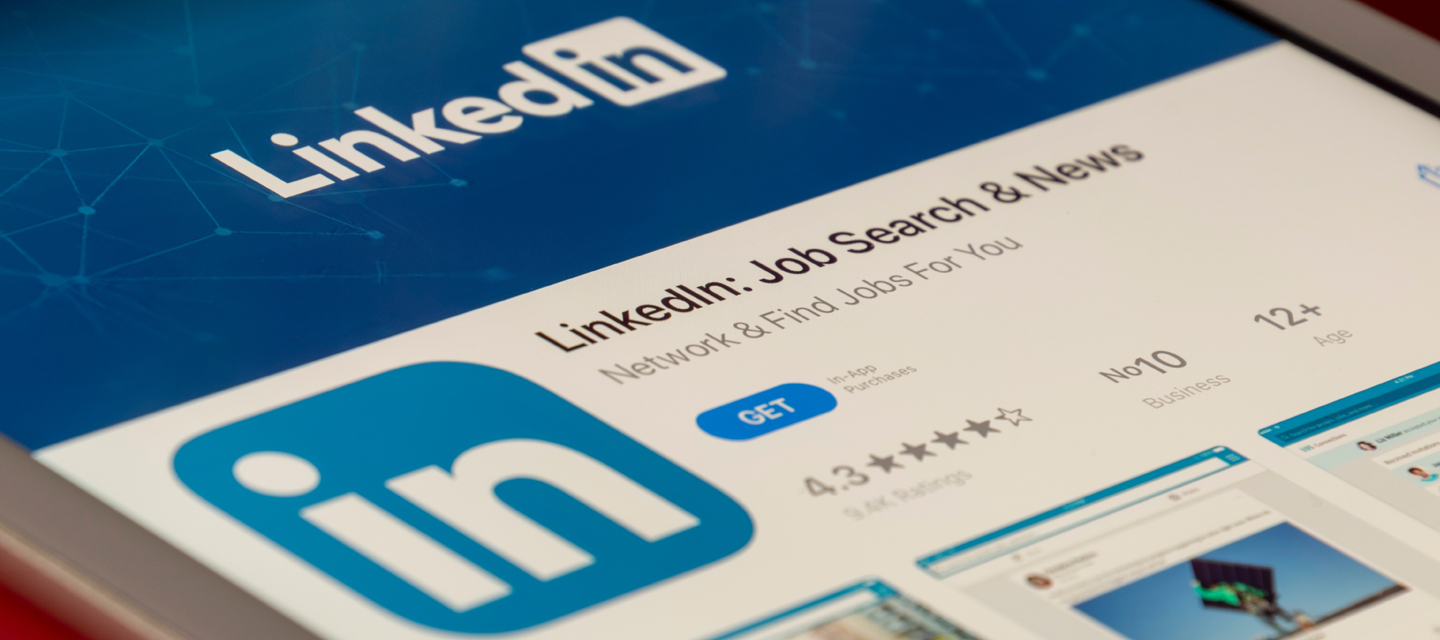The marketer’s guide to Google platforms: Performance Max and Demand Gen compared
This article aims to delve into the nuances of Performance Max and Demand Gen, exploring how they embody the latest advancements in digital marketing. We will compare their unique features, discuss their ideal use cases, and illustrate how they integrate into the broader digital marketing strategies, helping businesses to navigate and excel in the ever-evolving digital landscape.

The evolution of digital marketing and the emergence of Google’s platforms:
As the digital marketing landscape has evolved, it has been shaped significantly by technological advancements and shifting consumer behaviours. The journey from basic online banners to today’s sophisticated targeted advertising reflects a dynamic and rapidly progressing field. Central to this transformation has been the role of search engines, particularly Google.
Google has not only redefined search engine technology but has also been instrumental in revolutionising digital advertising. With the introduction of platforms like Google Ads, the company has provided marketers with powerful tools to reach and engage their audiences more effectively. This evolution has given rise to innovative platforms such as Performance Max and Demand Gen, which represent the cutting edge of digital advertising on Google. These platforms have been designed to meet diverse marketing objectives, leveraging Google’s vast data and advanced algorithms to deliver targeted advertising with unprecedented efficiency.
This article aims to delve into the nuances of Performance Max and Demand Gen, exploring how they embody the latest advancements in digital marketing. We will compare their unique features, discuss their ideal use cases, and illustrate how they integrate into the broader digital marketing strategies, helping businesses to navigate and excel in the ever-evolving digital landscape.
Understanding Performance Max
Performance Max is a fully automated campaign type introduced by Google in 2021/22, designed to leverage machine learning to optimise advertising efforts towards specific conversion goals. These goals can range from sales and lead generation to website visits. It stands out as a comprehensive solution for advertisers looking to maximise their impact across all of Google’s advertising channels, including Search, Display, YouTube, Gmail, and Shopping. By harnessing the power of Google’s machine learning algorithms, Performance Max dynamically adjusts and optimises campaigns to deliver the best possible results.
Key features of Performance Max:
Target Audience and Ad Placement: Performance Max is adept at targeting users who are further along in the purchase funnel, typically those who have demonstrated a clear interest in a product or service. It achieves this by utilising Google’s extensive advertising network, which encompasses a variety of channels from Google Search to YouTube and Google Maps, ensuring that ads reach potential customers at multiple touchpoints.
Campaign goals and bidding strategies:
This platform is primarily focused on maximising conversions. It offers goal-optimised bidding strategies that adjust bids in real time, aiming to secure the highest conversion rates at the lowest cost. Advertisers can set specific goals, like target CPA (cost per acquisition) or target ROAS (return on ad spend), and Performance Max will automatically calibrate the campaign to meet these objectives.
Diverse ad formats and asset groups:
Performance Max supports a wide array of ad formats, including responsive display ads, google video ads, and more, allowing for significant flexibility in how messages are conveyed. Advertisers are required to provide various assets like images, logos, headlines, and descriptions. The platform then uses these assets to create compelling ad presentations, testing different combinations to identify the most effective ones.
Automation and AI-driven optimisation:
At the core of Performance Max is Google’s advanced AI and machine learning technology. This system is designed to analyse vast amounts of data to predict performance and optimise ad delivery. This ensures that ads are not only placed in the most effective channels but are also presented in a manner that resonates best with the target audience
Budgeting and additional features:
Google advises a daily budget of at least three times the advertiser’s CPA for the chosen conversion actions. This allows the system sufficient scope to optimise the campaign effectively. Additional features include asset generation tools that utilise AI to craft headlines, descriptions, and images, as well as the option to include promotional content and various ad extensions like site links and callouts.
Understanding Demand Gen
Demand Gen, in the context of Google’s advertising platforms, represents a more traditional campaign type. It is strategically focused on the top and middle of the marketing funnel, primarily targeting audience awareness and interest stages. Unlike fully automated systems like Performance Max, Google Demand Gen campaigns allows advertisers to manually select specific channels for ad display, offering more control over where and how ads appear. This approach is particularly effective for reaching potential customers who are in the consideration phase, aiming to build interest and awareness around a brand or product.
Key features of Demand Gen:
Ad Formats and Inventory: Demand Gen supports a variety of ad formats, including images, short-form videos, and google text ads. It primarily targets Google’s visual and entertainment-focused platforms, such as YouTube, Discovery, and Gmail. This selective placement ensures that ads are displayed in high-visibility areas that are more likely to engage users who are not actively seeking to purchase but are open to discovering new products or services.
Target audience and ad placement:
The platform focuses on users who are in the upper and middle of the funnel, having shown some interest or engagement with related content. Ad placements in Demand Gen are designed to catch the user’s attention during their regular online activities, thereby increasing brand awareness. This includes placements in areas like YouTube Shorts, Discover feeds, and Gmail, which are frequented by users during passive browsing.
Campaign goal and creative approach:
The primary objective of Demand Gen is to generate demand and increase brand visibility. It does this by engaging audiences with visually stimulating ad formats, like high-quality image ads and video ads, which are crucial for capturing the attention of users who are not in an active purchasing mindset. The creative aspect of these ads plays a significant role in building brand recall and affinity.
Bidding, budgeting, and reporting options:
Demand Gen introduces flexible bidding options that cater to various campaign objectives, such as Target CPA, Target ROAS, and Maximise Conversions. Budget considerations are more nuanced, taking into account factors like industry, competitors, CPC, conversion rate, margins, and customer lifetime value. Additionally, enhanced reporting features provide comprehensive insights into campaign performance, particularly in terms of how different creative elements resonate with the audience.
User engagement:
The platform is designed to capture the attention of users in a passive browsing state, like watching short videos on YouTube or scrolling through Gmail or Discover feeds. The goal is to pique interest in the product or service, leading to increased engagement and consideration.
Comparative analysis
Key differences between performance max and demand gen campaigns
Automation vs. manual control
Performance Max: Highly automated marketing campaigns, leveraging Google’s machine learning algorithms for optimal ad placement and budget allocation across Google’s ecosystem. Requires minimal manual intervention.
Demand Gen: Offers more manual control, allowing advertisers to select specific channels and placements, beneficial for targeted campaigns where specific audience engagement is key.
Ad formats and flexibility
Performance Max: Supports a wide array of ad formats, including interactive and advanced formats like HTML5 ads. Its flexibility caters to various campaign objectives, from brand awareness to direct conversions.
Demand Gen: Focuses on traditional formats like images and videos, with more limitations in ad format variety, making it suitable for straightforward, content-driven campaigns.
Reporting and insights
Performance Max: Provides standard Google Ads reporting, focusing on overall campaign performance metrics like clicks, impressions, and conversions.
Demand Gen: Offers more advanced reporting features, such as conversion path reports and data-driven attribution, providing deeper insights into the effectiveness of top-of-funnel activities.
Specific functional differences
Performance Max:
Full-funnel approach: Engages customers at all funnel stages, from awareness to conversion.
Conversion focus: Strong in driving conversions and sales, suitable for immediate ROI-focused campaigns.
Comprehensive channel integration: Utilises all Google platforms for broad market exposure.
Dynamic asset allocation: Dynamically allocates assets across platforms for optimal performance.
Demand Gen:
Upper-funnel strategy: Targets awareness and consideration stages.
Brand awareness and engagement: More emphasis on creating brand awareness than immediate conversions.
Visually engaging ad placements: Focuses on rich platforms like YouTube, Gmail, and Discover.
Audience building: Leverages new technologies like lookalike audiences for brand building.
Use Cases/Real-World Applications
Performance Max offers versatility for diverse campaign objectives, from product showcase to lead generation, suitable for a wide range of businesses. While
Demand Gen is more focused on brand awareness, product launches, and targeted campaigns, ideal for specific audience engagement and content-focused strategies.
Performance Max use cases
Diverse product portfolio
Ideal for e-commerce platforms with a wide range of products. Performance Max can dynamically showcase various offerings across Google’s entire network, maximising exposure for large inventories.
Cross-channel marketing campaigns
Suitable for brands seeking a comprehensive digital presence. By targeting various Google properties like Search, YouTube, and the Display Network, Performance Max ensures consistent brand messaging across multiple platforms.
Data-driven targeting
Beneficial for businesses with rich customer data. Performance Max’s AI optimises targeting and reaches highly relevant audiences, making it advantageous for refining advertising strategies using first-party data.
Campaigns with flexible goals
For campaigns encompassing a range of goals (brand awareness to conversions), Performance Max can automatically adjust to optimise for these varying targets, ideal for multi-faceted marketing strategies.
Demand Gen use cases
Brand awareness and product launches
Ideal for introducing new products or services, focusing on reaching users at the awareness stage, generating interest and curiosity.
Targeted campaigns for specific audiences
Content-focused campaigns
Suitable for niche products or services, allowing advertisers to manually select channels and placements for precise targeting.
Effective for businesses heavily reliant on content marketing, driving traffic to educational or informational content and enhancing brand authority.
Strategic market testing
Useful for testing new market segments or customer demographics, providing valuable insights for market research and strategy refinement.
Guidance on choosing the right platform
Choosing between Performance Max and Demand Gen depends on your business’s specific needs and marketing objectives:
If your goal is to drive immediate conversions and sales across a broad audience, Performance Max is the suitable choice. Its automated nature and machine learning capabilities make it efficient for businesses with diverse product portfolios and those looking to leverage cross-channel marketing strategies.
Conversely, if your focus is on brand awareness, engagement, and reaching specific audience segments, Demand Gen would be more appropriate. Its manual control over ad placements allows for targeted campaigns, making it ideal for introducing new products or services and for content-focused marketing.
In conclusion, whether opting for Performance Max or Demand Gen, the key is to align the platform’s capabilities with your marketing goals. By understanding each platform’s strengths and applications, businesses can make informed decisions that propel their digital marketing efforts towards success.
For more information on Google campaigns or to find out more about our PPC services in general, please contact us today.
More insights from the team


